A possible marker of life has been spotted in the clouds of Venus and has astronomers excited about the possibility of extra-terrestrial “aerial” life on the harsh planet.
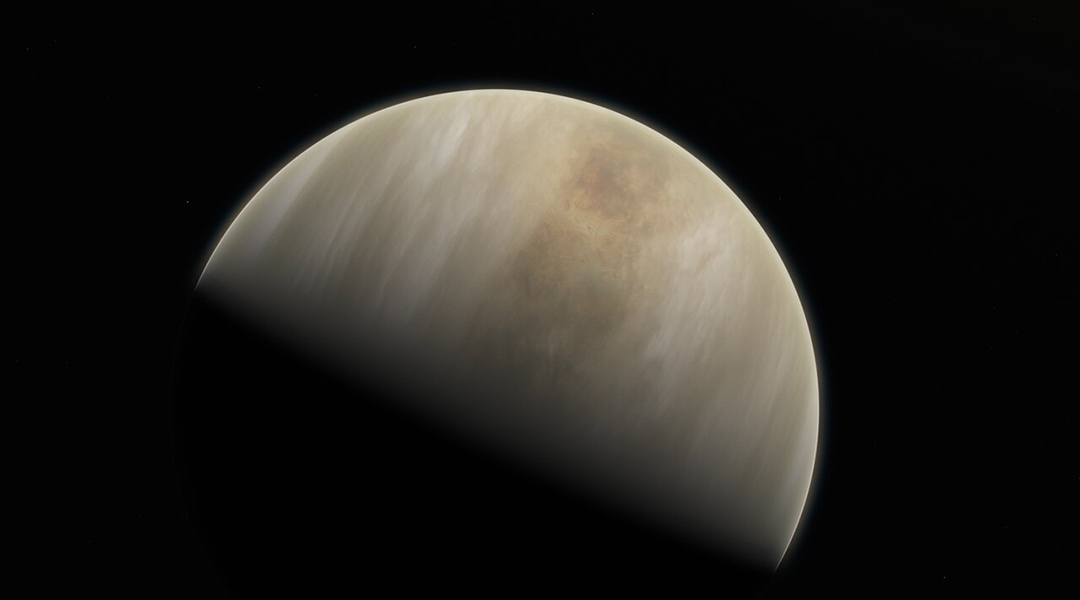

A possible marker of life has been spotted in the clouds of Venus and has astronomers excited about the possibility of extra-terrestrial “aerial” life on the harsh planet.

Before blood vessels reach implanted cells, they need a built-in oxygen source to keep them alive.
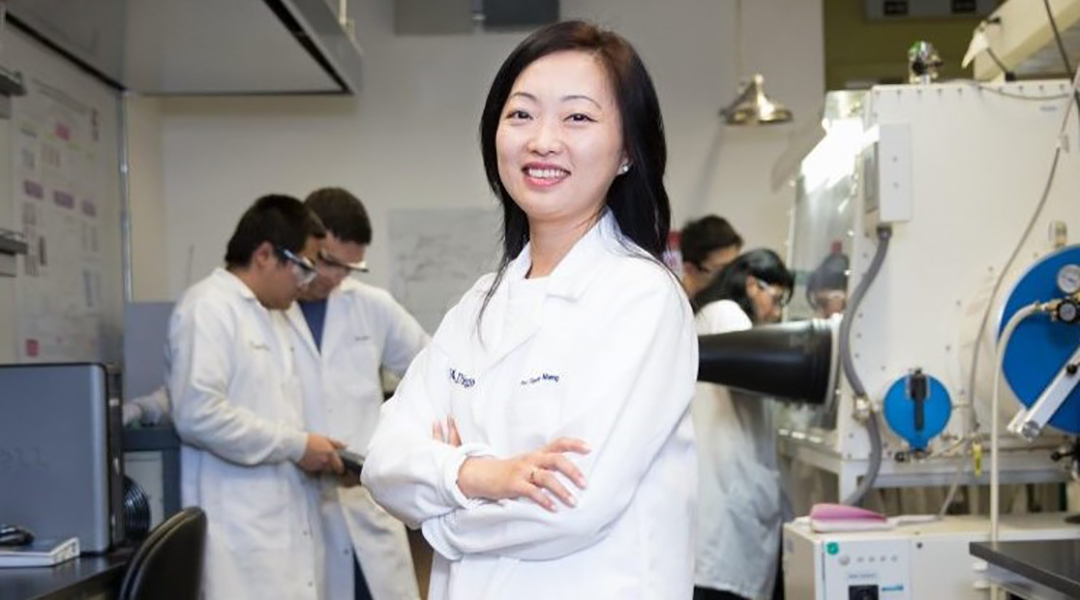
The materials scientist talks about the challenges in finding work/life balance, her research in sustainable energy storage, and how Chinese calligraphy has shaped her way of thinking.
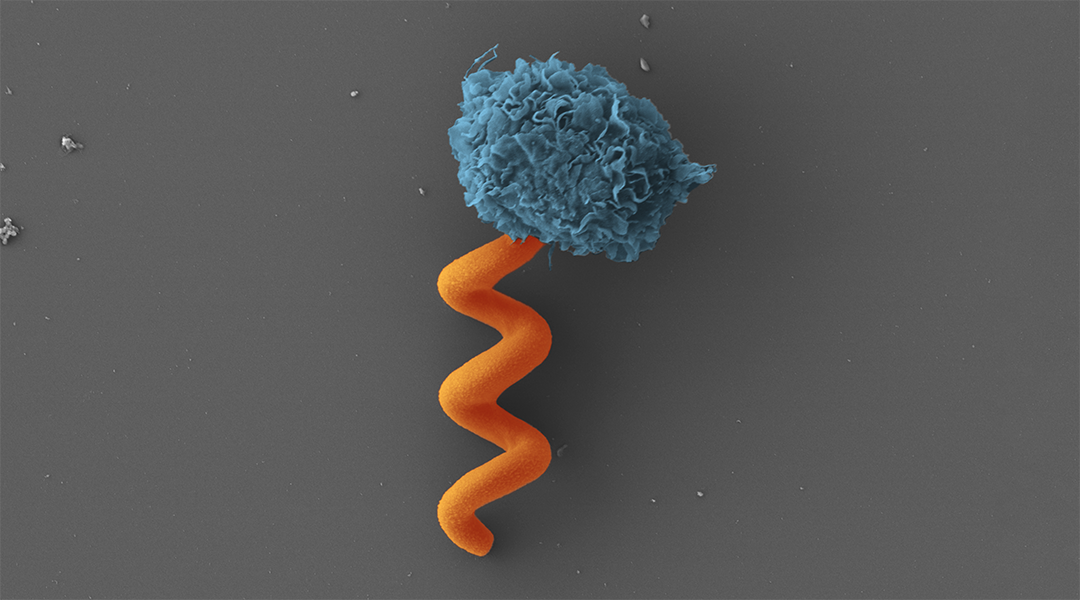
Zwitterionic polymers allow researchers to fabricate drug-carrying microrobots that can operate covertly under the immune system’s radar.

Researchers shed light on the conditions that could have led to our abiogenesis by simulating the rapid growth and fusion of protocells.
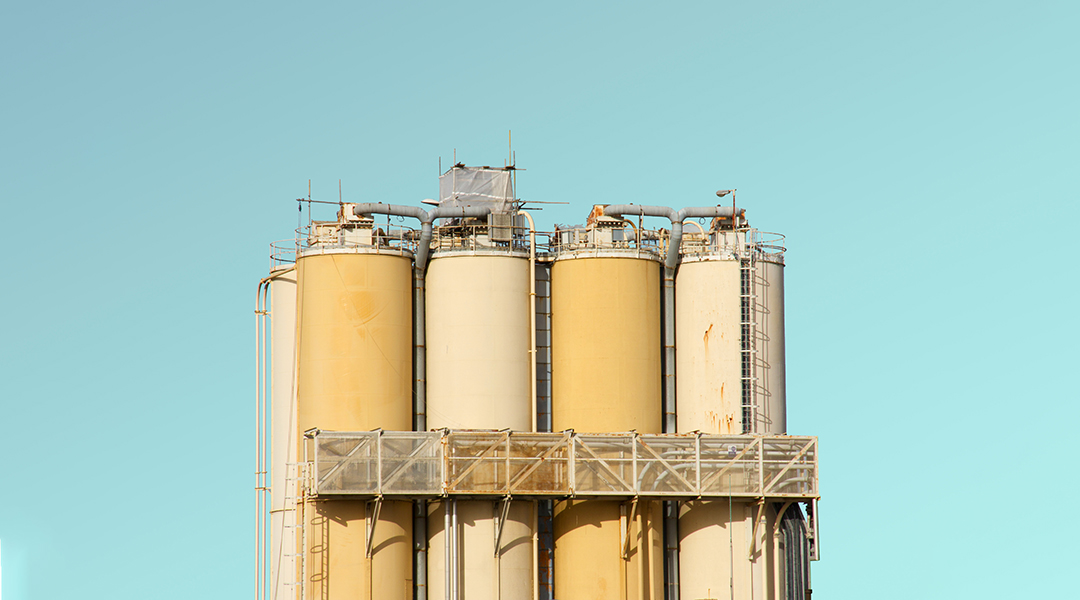
The amount of carbon dioxide produced by industrial point sources is far larger than the current demand for carbon capture and utilization.
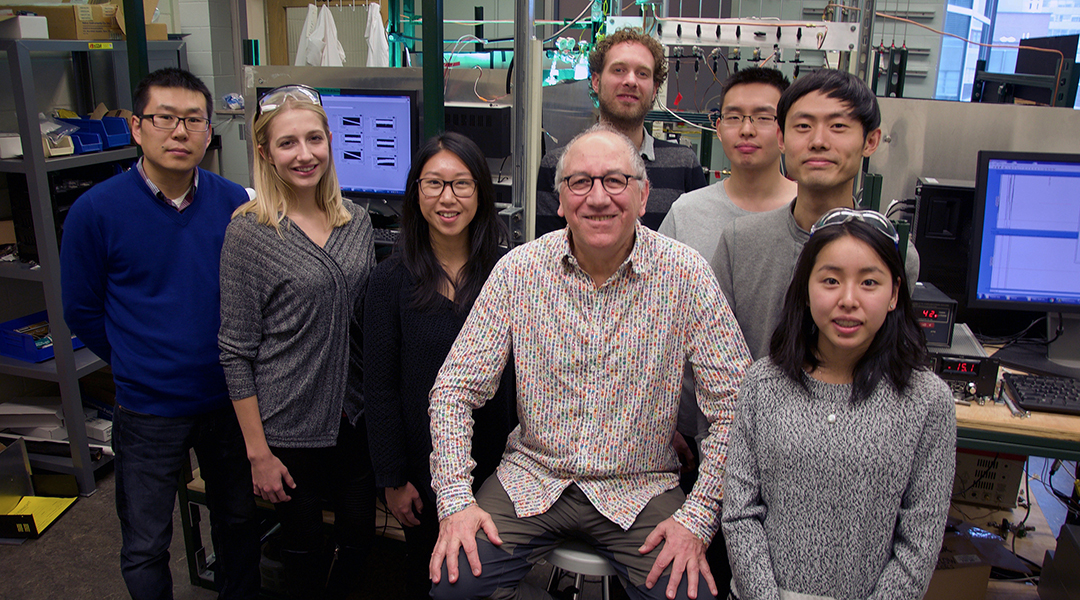
To celebrate his upcoming 77th birthday, we reached out to nanochemist and long-time ASN contributor, Geoffery Ozin, to discuss his colorful career, current projects, and plans for the future.
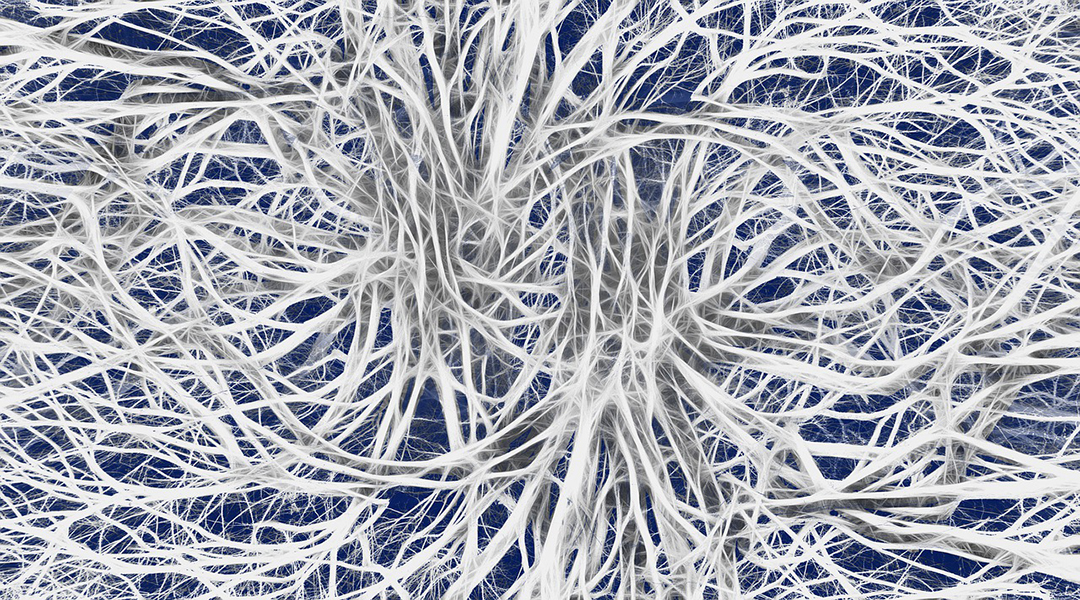
Scientists have found a way to repair damaged peripheral nerves using engineered biomaterials that better support platelets.

The material physicist on having fun and enjoying research, accepting challenges as opportunities, and supporting young talent in the field.

A reality-rooted perspective on “explainable AI” and what this means for the future of the field.